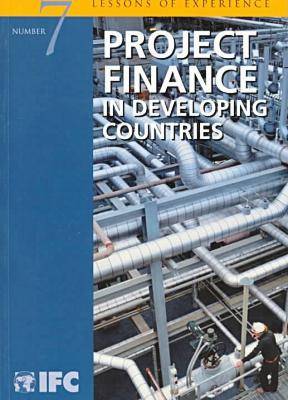Lessons of Experience S.
2 primary works
Book 5
Book 7
'Project finance to developing countries surged in the decade before the Asian crisis ... The financial crisis that began in East Asia ... has brought a dramatic slowdown in this trend.' Project finance structuring techniques were used to attract international financing for many large-scale projects, helping to meet investment needs in infrastructure and other sectors. However, the crisis in East Asia has created stresses and strains for many projects, raising concerns about the viability of some and highlighting the importance of careful structuring and risk mitigation. IFC was one of the early pioneers of project finance in developing countries 40 years ago, and project finance remains an important core of IFC's activities today. In just the past decade, IFC has supported over 230 greenfield projects in 69 developing countries with limited-recourse project finance. This volume is written for the benefit of a wider audience. It provides useful information for policy makers and banks in developing countries on these project finance activities. It describes the essentials and some of the complexities of project structuring and explains the importance of 'getting it right.' A primary message is the importance of clearly identifying and addressing project risks up-front and the potential costs of complacency in dealing with critical issues, such as foreign exchange or market demand risks. In addition to strong fundamentals, the projects most likely to succeed are those that are conservatively structured and that carry strong sponsor support. The report concludes that project finance can play an important role in an appropriate environment. It does not, however, offer a 'free lunch, ' but demands a rigorous framework if it is to be successful.

